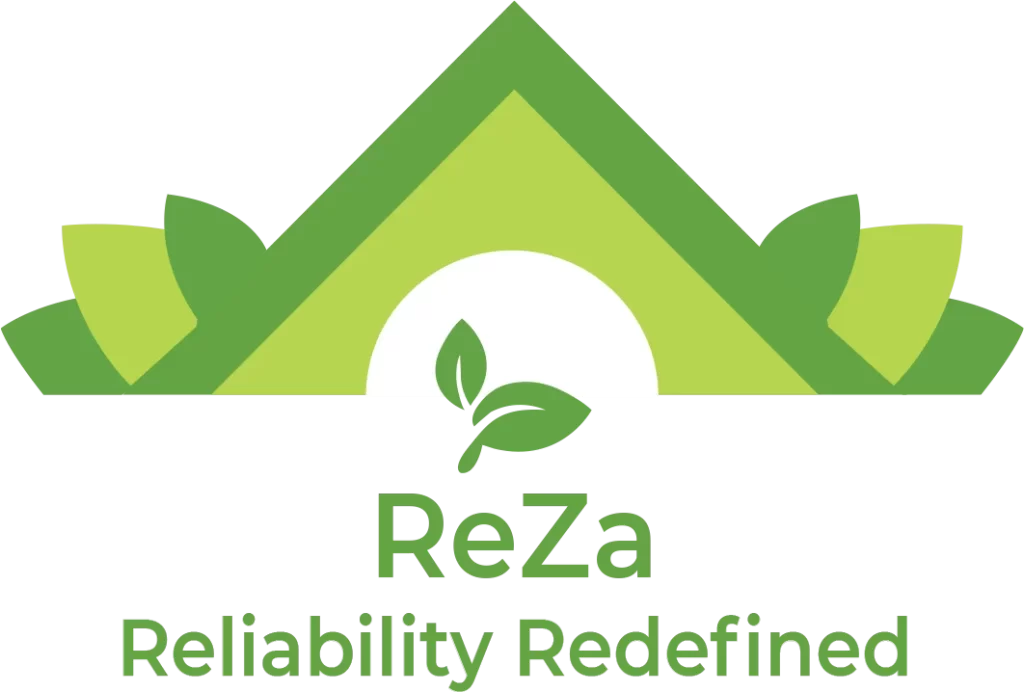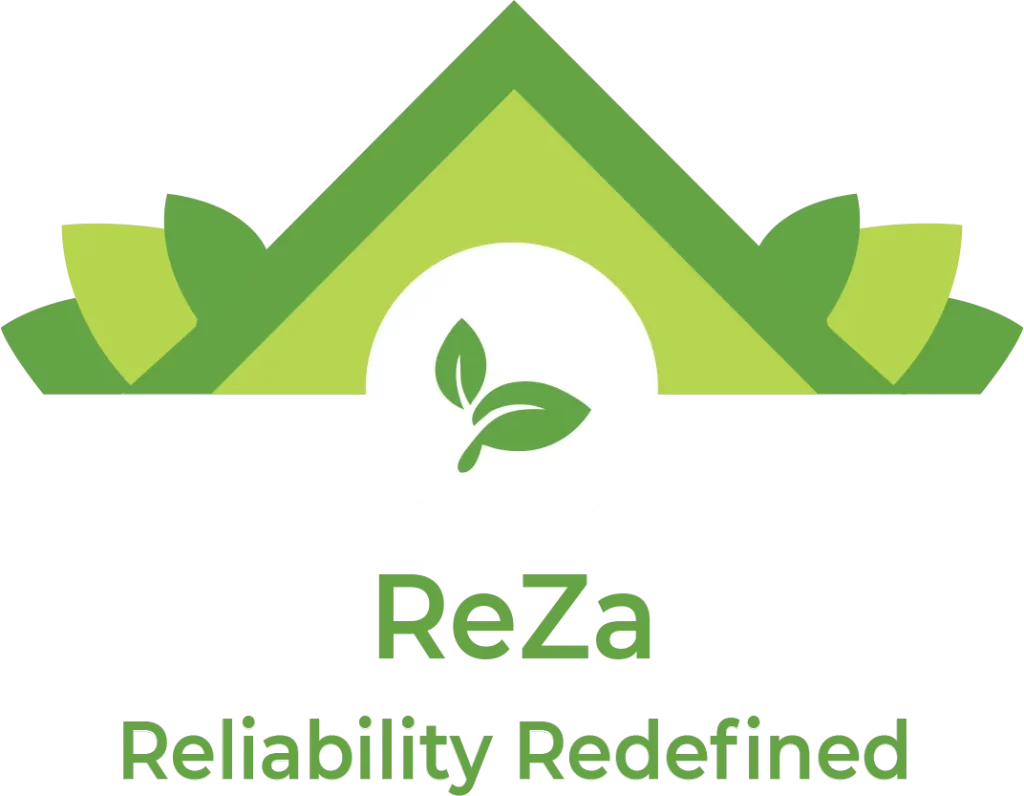Benefits of Polycarbonate Sheets Vs FRP Sheets
Skylight becomes one of the intermittent elements of the building envelope once an architect conceives it. In addition to the primary role of protecting against the outdoor environment like other envelope materials, skylights accentuate interior spaces with daylight. The daylight brings heat and glare depending upon the geographical context, orientation, and location in the building, i.e., mounted on the roof or façade. The other vital factors that are considered and are governing aspects in choosing the suitable roofing material for skylights are safety (concerning fire and fall hazards), structural integrity, acoustic requirements, and thermal conductance light transmittance.
Roofing Materials for Sky Light Roofing
Currently, the material choices available for skylights are safety glass, polycarbonate sheets, and FRP (fiber reinforced polymer) Panels. Each roofing material has its advantages and disadvantages and requires specific installation skills.
However, some broad aspects to consider when designing skylights for execution. The installation details differ depending on the material used for skylights. The following are essential for a flawless installation to achieve a leak proof, weather-tight assembly. The installation of skylights is typically the last activity in the closing building envelope and hence requires coordination with other trades since the inception of design. The drainage of rainwater and the interface with the wall and roof assembly are the most critical details that, if not handled with care during detailing and installation, can have disastrous consequences.
How to choose the correct skylights?
“Necessity is the key to its success” is the basis for selecting the proper skylight. There are two significant types of selection: one based on design requirements for daylight within allowable heat gain limits and the other on material, such as polycarbonate sheets or FRP panels. These roofing materials perform differently in light transmittance and heat conductance per unit surface area of skylight exposed to the external environment.
Generally, the higher the thermal performance of a skylight material, the lower its light transmittance. As previously stated, the roof and skylight form a significant portion of the building envelope. Thus, heat gain or loss is directly dependent on the thermal comfort of the inhabitants, resulting in increased energy consumption to maintain the inside condition at the designed value. Nowadays, it is common practice to simulate to assess building energy consumption based on material selection, which significantly aids in arriving at the desired empirical values required to select the correct material for skylights and roofs.
While thermal performance is a governing factor in the case of typically opaque roofing materials, thermal performance, light transmittance, and specific heat gain are essential in the case of skylights. The judicious juxtaposition of these criteria is critical in selecting the suitable skylight material.
Considering Skylight safety, how to decide on the most secure option?
Skylights’ most common safety threats are design loads, falls, and fire hazards. Under certain conditions, the more excellent the hazard, the better the performance. Suppose the installation locations make it vulnerable to hazards. In that case, the most secure option is to use a lighter material with a robust framing system, a material that can withstand fire and does not disintegrate.
Why are PolyCarbonate sheets best for skylights?
To bring light into a building, you had to use glass — heavy, brittle, difficult to cut, and expensive glass. There are, of course, alternatives to this traditional material, particularly when it comes to roofing solutions.
Here are the top 6 reasons why we think that polycarbonate sheets is the superior choice for Skylight material:
Adaptability
Polycarbonate sheets, unlike some famous competitors, are entirely transparent rather than translucent or opaque, giving it the clarity of glass with few drawbacks.
It can also be quickly and safely drilled through to make openings for cables or fixings if necessary. Polycarbonate sheets can also be cut to fit and trimmed to shape in situ, eliminating the need for millimeter-perfect measurements and off-site manufacturing.
As a result, architects are much better protected against wasted units, and clients can reduce overall waste.
Weight
Another factor that makes polycarbonate sheets so appealing is its lightweight – less than half the weight of identically sized glass units.
This definitely makes it much easier for workers to handle, even with large pieces, and the structures required to support it can also be less intrusive, giving the rooflight and the building, in general, a cleaner line.
There are also environmental advantages to its weight, such as lower transportation costs for building materials compared to many alternatives.
Environment-friendly
Polycarbonate sheets also have an advantage in terms of other environmental concerns: it requires less energy to manufacture than competing products, and, unlike fiberglass/other glass alternatives, it is easily recyclable.
Polycarbonate can be collected and broken down into granule-sized pieces by various companies and then used to make everything from household plastic products to, more recently, high-performance polymers used in medical equipment and fiber optics.
Durability
Polycarbonate has a long life expectancy and does not require regular replacement or maintenance. It will typically retain its appearance, shape, and performance for many years.
Despite their longevity, polycarbonate sheets are also unique in that they do not discolor over time as long as a tint or filter is applied; alternative products typically begin to yellow or cloud over after a few years. Finally, polycarbonate does not shatter or fracture.
Resilience
One of the polycarbonate’s main selling points is its resilience; it can withstand impact and is virtually shatter-proof, far more so than fiberglass or FRP panels.
This makes polycarbonate much more resistant to extreme environmental conditions: it will not bend, break, or fracture during hail storms or deep snowfalls, for example. It is popular in many countries because it is resistant to sub-zero temperatures and extreme heat.
Polycarbonate also prevents 99 percent of harmful sun rays from entering a building by absorbing almost all U.V. rays that pass through it — it is more effective than high-factor sunscreen.
Insulation
Polycarbonate is excellent insulation because of its low thermal conductivity. It is a lightweight, multi-layer polycarbonate sheet that traps cold air inside the hollow like traditional double glazing. Furthermore, it has a very high ignition point of 580C, making it very safe in a fire.
FRP PROFILE SHEETS SKYLIGHT ROOFING
FRP Skylight Sheets is a fantastic composite material that consists of fiberglass reinforcement in a matrix of U.V. Stabilized unsaturated polyester sheet grade resin system, forming a rigid laminate in the desired profile with an exceptional strength to weight ratio.
FRP Sheets has nearly limitless shape, size, profile, and color options and is known for its high strength, durability, water/chemical proof, dimensional stability, and high resistance to environmental corrosion due to temperature and weather extremes, including the emission of natural and industrial chemical fumes. FRP Sheets are lightweight, have an excellent aesthetic appeal, and are simple to install and maintain.
FRP Panels has various applications, which include:
- Roofing/cladding for industrial buildings to allow natural light in.
- Architectural Buildings/Institutions/Airports for natural lighting and an aesthetically pleasing appearance.
- Industrial Roofing/Cladding of Chemical Plants with Translucent and Opaque Surface Coatings
- Cladding/Louver Sheets for cooling towers to protect them from harsh weathering and corrosive environments.
- Roofing sheets for greenhouses
- Parking lots/walkways/garages
- Coastal Roofing/ Cladding & Buildings to protect against harsh corrosive environments.
Why FRP panels are suitable for skylights ?
Lightweight:
FRP profiles weigh relatively low. This makes it easier for them to work with and means that the finished structure can achieve significant performance advantages.
Great Strength:
Composites have the same strength as steel but are only one-quarter the density. Because the density is 30% lower than aluminum, weight savings are possible.
Corrosion Free:
FRP Panels are resistant to oxidation and can withstand harmful chemicals and liquids. As a result, they are appropriate for wastewater treatment plants, swimming pools, cooling towers, and buildings where corrosion is a concern.
Electrical Insulation:
FRP Panels provide electrical insulation and simplify earthing. ReZa Smart Build Inc’s FRP profiles are an excellent choice where installation and future inspection costs can be significantly reduced.
Easy To Work With:
PRF Panels are as simple and quick to work with as wood. It makes it simple to install our model applications on-site or to adapt them to various hardware such as pipe systems, etc.
Get the best materials for skylights.
Polycarbonate sheets are quickly becoming the most popular rooflight material worldwide. It has been used as a skylight material by some of the world’s most renowned architects, including Herzog, de Meuron, and Norman Foster.
Contact ReZa Smart Build Inc, one of India’s leading roofing material providers, to obtain the highest quality polycarbonates, reap all of the above benefits, and more. Polycarbonates sheets are excellent for skylights and other structures such as greenhouses, conservatories, patios, and carports. We strive to offer better service to our customers by staying up to date on the latest roofing innovations and trends. Don’t hesitate to contact ReZa Smart Build Inc as soon as possible if you have any questions.

